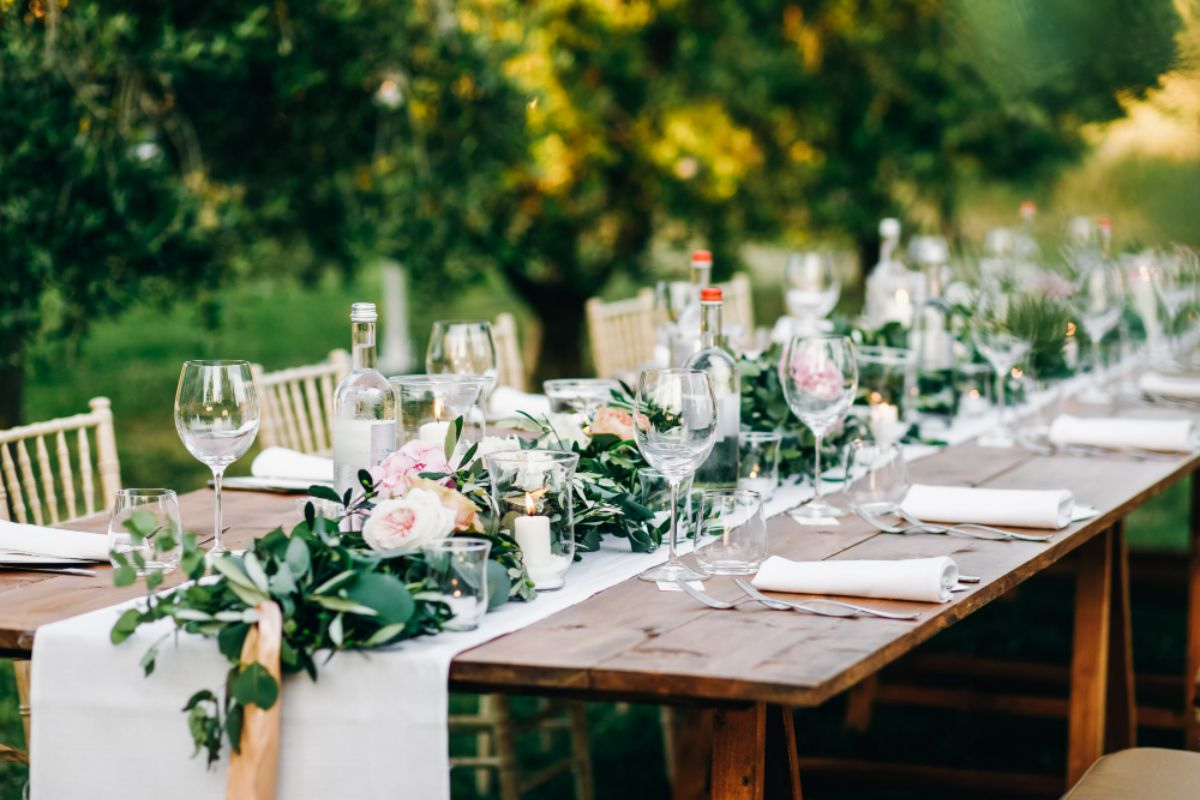Why Filipino Wedding Traditions Should Be Preserved
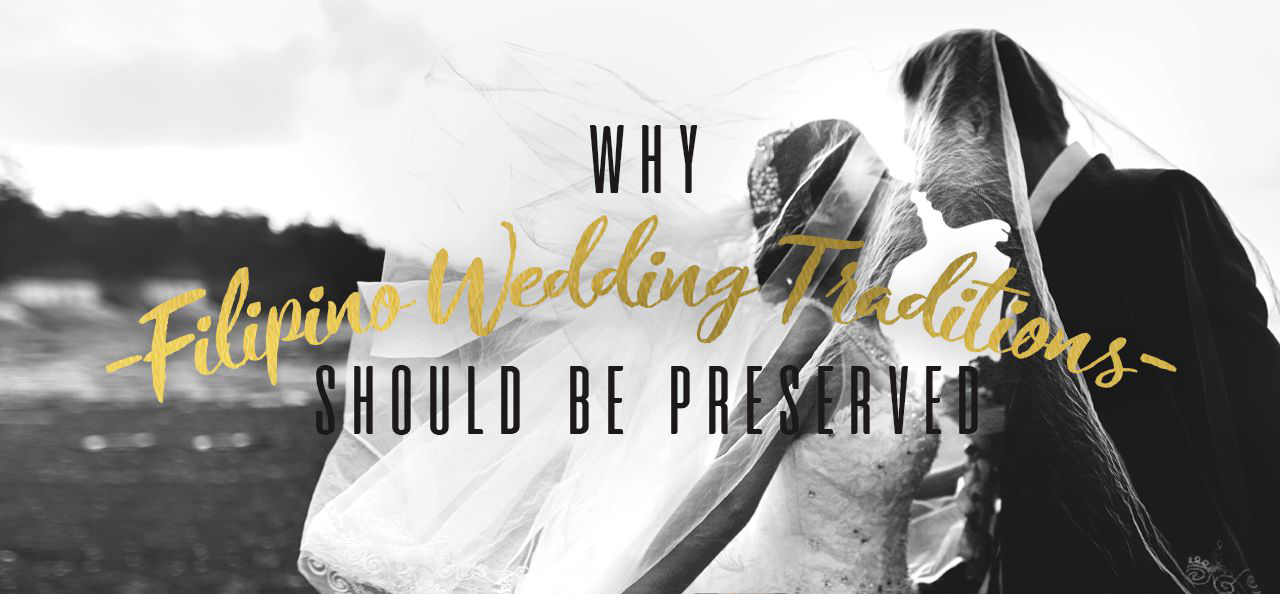
For couples in the Philippines planning to spend the rest of their lives together, it is necessary to know the importance of Filipino wedding traditions. Over the centuries, Philippine wedding ceremonies have developed a blueprint. And although these celebrations have gone through a number of variations, the mainframe remains the same.
As long as the country and its people continue to practice these traditions, it will never be consigned to oblivion. From offering respect to your spouse’s family to perpetuating a part of the country’s cultural identity. Here are some of the main reasons why Filipino wedding traditions should be preserved.
Honor and Respect for Local Religion
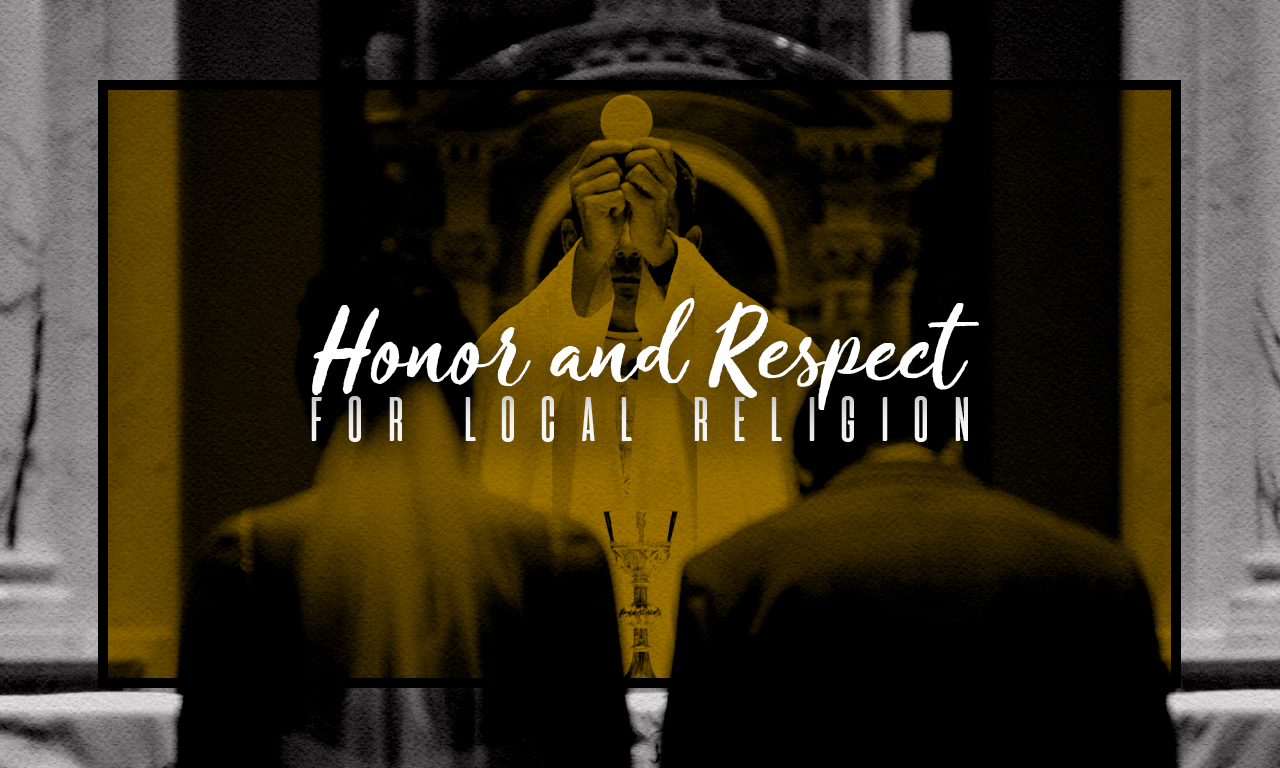
Church weddings solidify the union of a couple under the blessing of a priest. In the Philippines, religion is so embedded in the lives of Filipinos that it influences local culture in almost every facet. This can be particularly observed in local wedding traditions. For Catholics, marriage is believed to be a gift from a higher being. The declaration of love and commitment in front of a presiding priest is said to strengthen the foundation of any committed relationship.
Proper Transmission of Wedding Customs
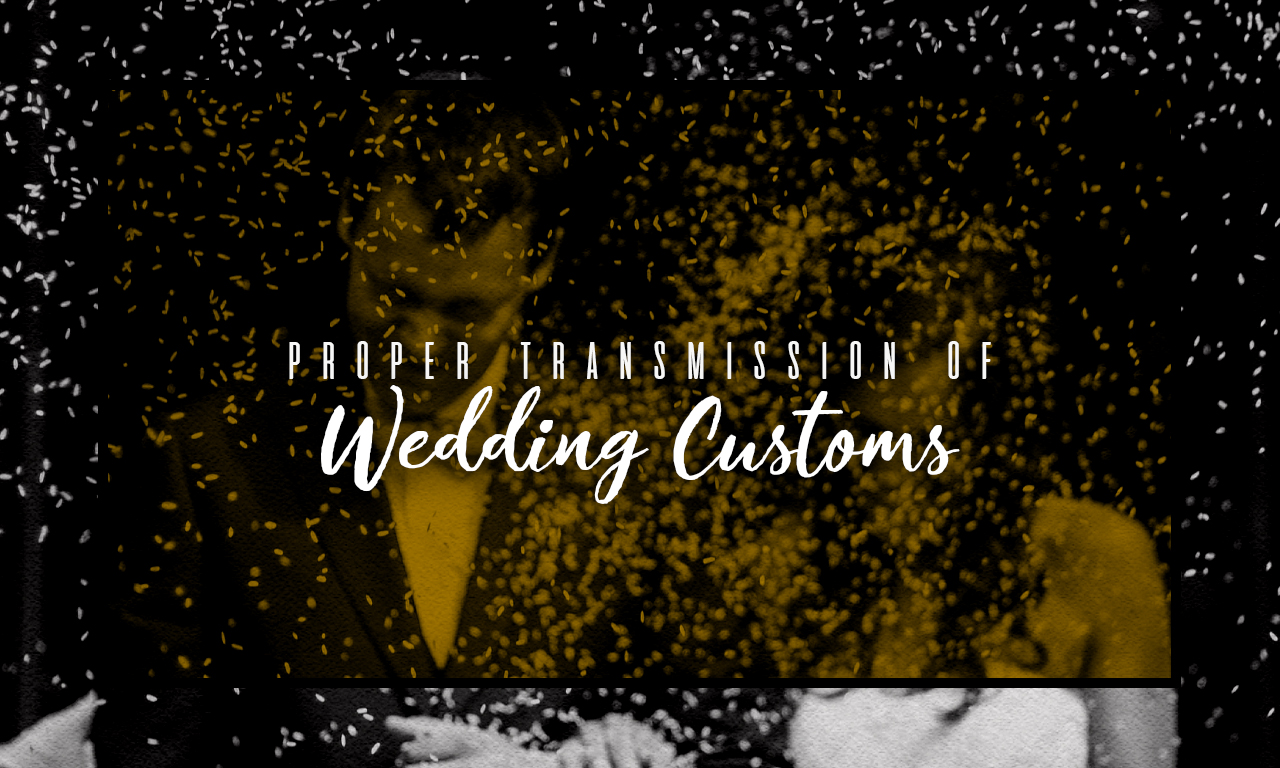
Traditional marriage ceremonies are passed on from one generation to another. Despite the new trends that occur, Filipino traditions are still common and practiced by many couples. Here are some of the traditions done to prepare for your wedding day.
Approval Of The Girl’s Parents
Before proposing, the man in the relationship should ask for the approval and blessing of the bride-to-be’s parents. This custom, also called pamanhikan, is done as a sign of respect to the future bride’s family. It is still practiced nowadays especially for those asking for a girl’s hand in marriage with a secure plan for the future.
Consultation Of Families
After the blessing is given, the proposal for an engagement can be realized. Once the girl accepts the proposal, the families of the bride and groom may proceed to discuss the details of the wedding.
Uphold on the Sanctity of Marriage
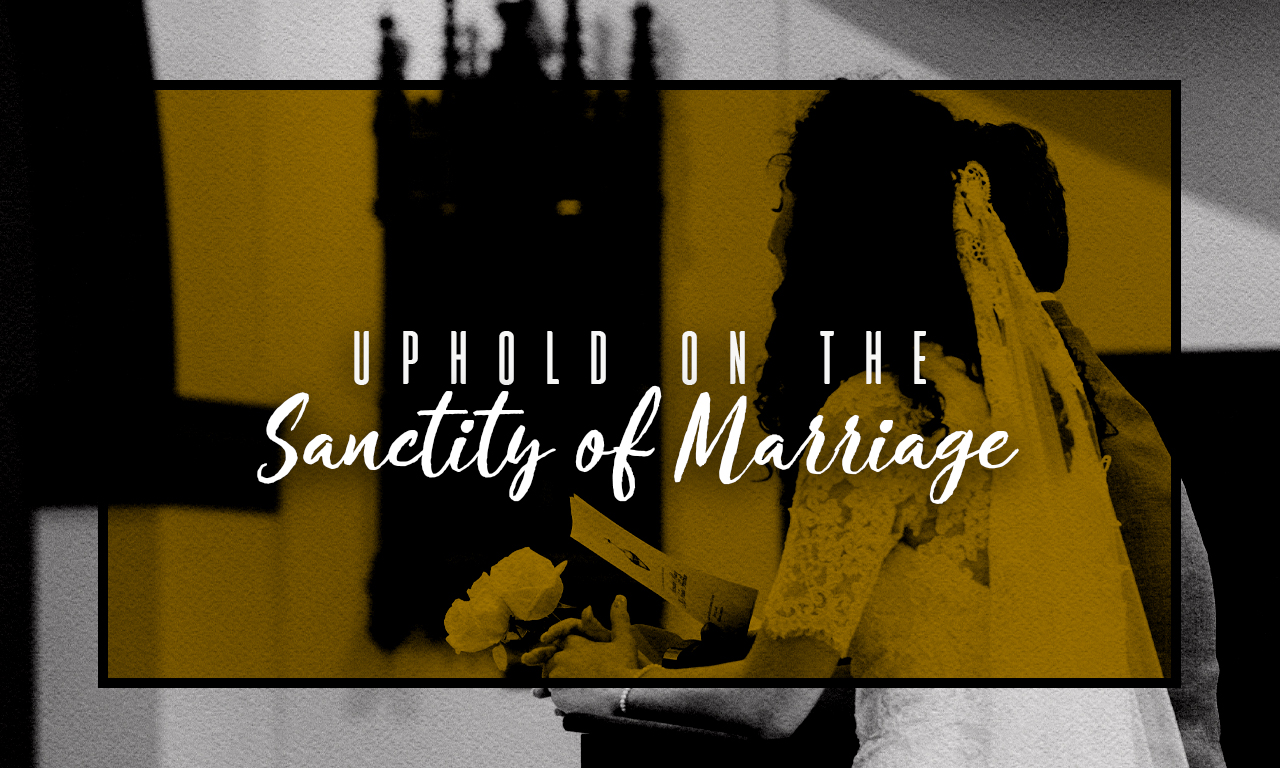
Filipino wedding traditions are also done on the day of the ceremony. One of the most common traditions is the use of lasso or rope to symbolize the everlasting union of the bride and groom. It is placed around the couple’s shoulders in the form of the number “8”, which represents the sign of infinity. Here are other Filipino wedding traditions you should uphold.
Barong Tagalog For The Groom And A White Gown For The Bride
For the groom, the traditional barong is normally worn to pay tribute to the traditional heirloom. The bride can usually be seen wearing a white wedding gown.
Lighting of Candles and Unity Candles
Catholic wedding ceremonies require the lighting of candles. The most special of which is the unity candle. The candles signify the union of families in the presence of God. It asks Him to guide the newly wedded couple.
Coins and Veil
Wedding coins or arras are unity coins that symbolize prosperity. The coins could be 13 pieces of either silver or gold coins that have been blessed. Often, dove figurines are found inside with a bell and a couple of other little trinkets that fit into the container.
Continuity of Filipino Wedding Reception Customs
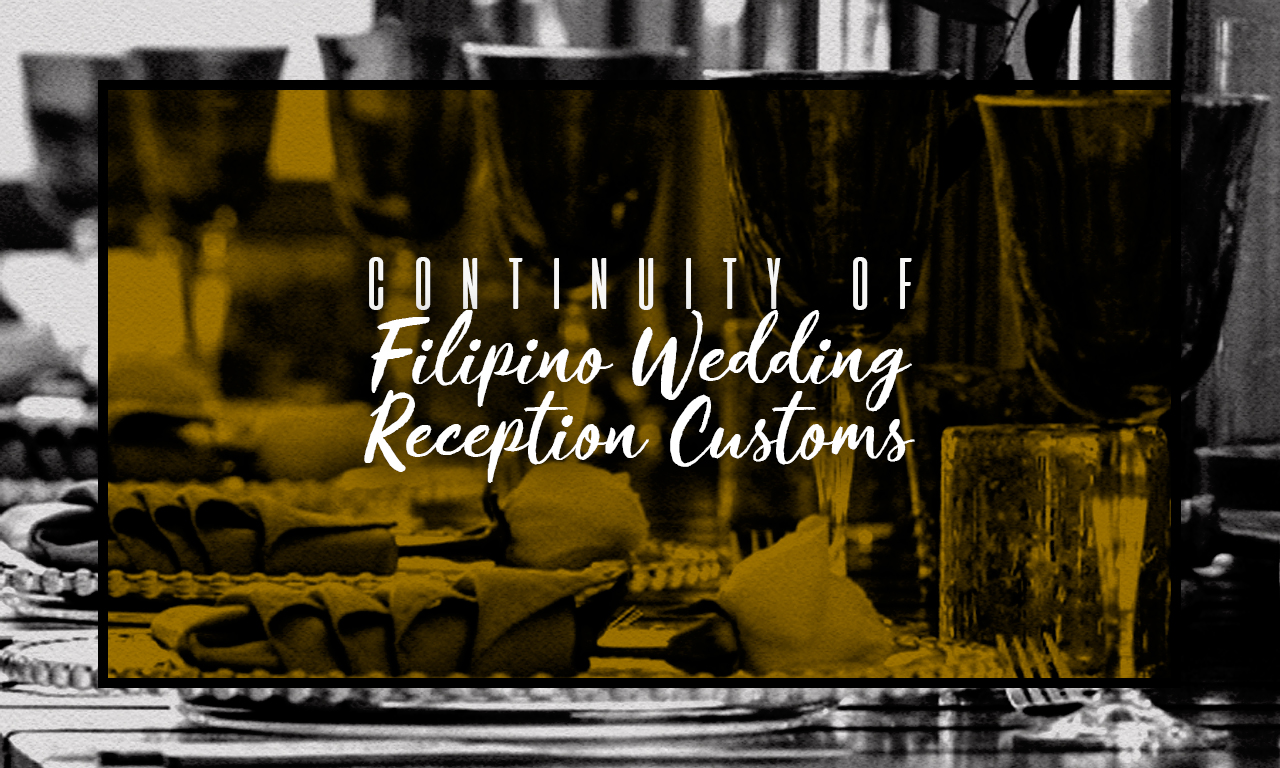
Similar to cultures around the world, Filipino wedding receptions present a venue for relatives and friends to join the newly wedded couple for a night of celebration. From emotional and heartfelt speeches to delicious Filipino food, customary activities performed before still transpire up to this day. The speech typically comes from the bride and groom themselves as well as the maid of honor and best man.
There is no set of particular menu items for Filipino weddings. Despite that, what is a local wedding without a Filipino dinner buffet? Find the best catering services that can craft you a menu full of lechon, kaldereta, and dishes from other cuisines.
Key Takeaway
There are plenty of Filipino wedding traditions drawn from local culture and religion. From rituals, readings, to taboos. Continuing to practice local wedding culture will allow the preservation of the traditional blueprint of betrothal in the country. Each ritual signifies the importance of marriage and the values that come along with it in the union of two individuals’ hearts.


